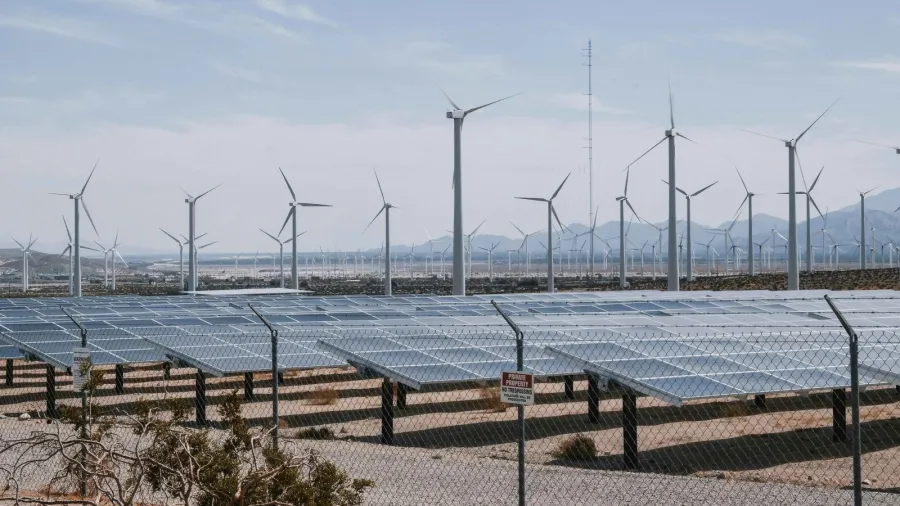
Eyes on nuclear, hybrid power in 2025
There is nuclear resurgence in Japan and Korea, and high battery storage demand in India.
Nuclear power is expected to make a strong comeback in 2025, whilst hybrid tech including battery technology will have its fair share of interest amidst increasing electricity demand globally, analysts said.
There is a resurgence of interest in nuclear energy in countries like Japan and South Korea, which have both announced plans to build more nuclear facilities, Attaurrahman Ojindaram Saibasan, a senior power analyst at GlobalData Plc, told Asian Power.
“The key reason is renewable power takes up a lot of investment and space,” he said in a Zoom interview. “Also, it has a challenge of intermittency.”
Seoul seeks to build as many as three nuclear power reactors, including small modular reactors (SMR), by 2038. South Korea has 26 nuclear reactors that generate 26 gigawatts (GW) of capacity.
Japan is also working on reinstating its nuclear energy facilities after the Fukushima nuclear disaster in 2011, promising to maximise the use of both renewable and nuclear power, Saibasan pointed out.
Tokyo now aims to boost the share of nuclear power in its energy mix to 20% by 2040. Only 12 of its 30 nuclear power plants are operating, generating about 11 GW.
The pressure to cut carbon emissions and scare land would fuel the deployment of clean energy technologies, such as offshore wind and floating solar facilities, Saibasan said.
Meanwhile, there is rising interest in hybrid power plants not only in the Asia-Pacific region but in other regions as well, Jatin Gulati, a partner at Asia-focused management consulting firm YCP Auctus, said in a separate interview.
“Battery and investment in battery technology are perhaps going to be a very important theme of development,” he told Asian Power.
In the past year, governments and companies around the world have realised the critical role of hybrid systems to ensure continued energy supply, Gulati said. He noted that instead of building single-fuel power facilities, developers are shifting to plants that integrate a renewable source and battery storage.
Examples include Abu Dhabi Future Energy Company’s 5.2-GW solar and 19-gigawatt-hour (GWh) battery storage that will run 24/7, and Meralco PowerGen Corp.’s 3.5-GW solar and 4.5-GWh battery facility in the Philippines.
Installations of energy storage systems that last more than eight hours are expected to more than double in 2025 from a year earlier, S&P Global said in a January report. “This surge is driven by the increasing necessity for reliable energy storage solutions, particularly as a growing share of electricity is generated from intermittent renewable sources,” it said.
Countries to watch out
In India, a surge in hybrid projects show the need for battery storage systems to meet the 500-GW national green target, according to a Wood Mackenzie report in December.” It expects India’s battery energy generation to reach 2 GWh this year — a tenfold increase from last year.
Gulati expects capital investment in the Philippines, fueled by its green energy auction programme that seeks to boost renewable energy share in power generation to 50% by 2040 from 22%.
“I expect the Philippines to continue being one of the attractive focus markets for the next three years, until 2028 at least,” he said. “It will continue to be a frontier market from our perspective.”
Cambodia is also expected to gain attention as the government engages with various banks to help it shape and enforce its energy development plans. “The country aims to take up the share of solar investments from 5% of the total energy mix to around 18% by 2030,” Gulati said.
“If not in 2025, by 2026 or 2027, if everything goes well for that country, I do expect that to be an interesting market as well,” he added.
Saibasan said one of the countries to watch out for this year is Vietnam, which started allowing direct electricity purchase and sale between renewable energy generators and large electricity users in July 2024.
Another market is Indonesia given its solar, nuclear, and geothermal opportunities, Saibasan said.
The country has the world’s biggest geothermal potential at 29 GW, and the second-largest installed geothermal capacity at 2.1 GW, according to the Asian Development Bank.

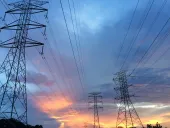
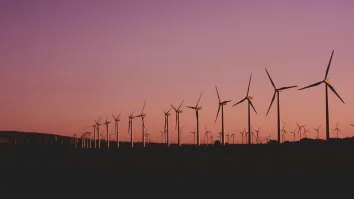

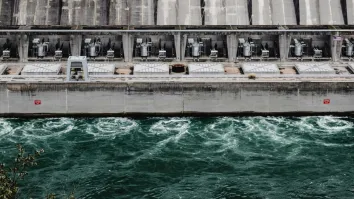
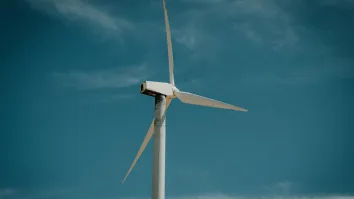
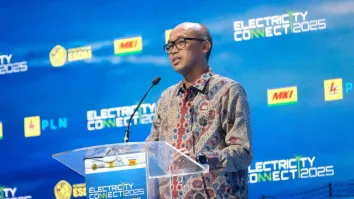
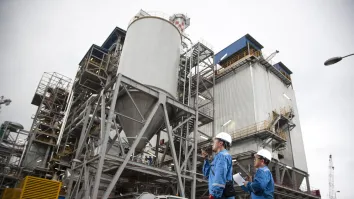
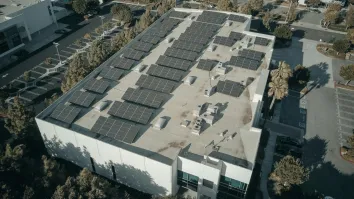

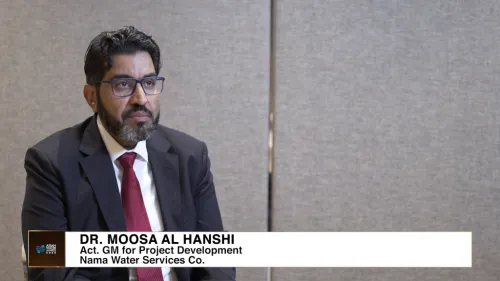
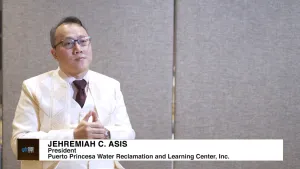
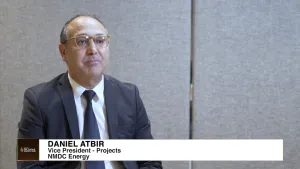
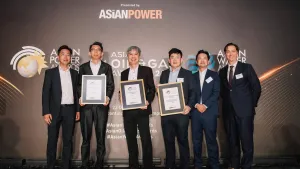

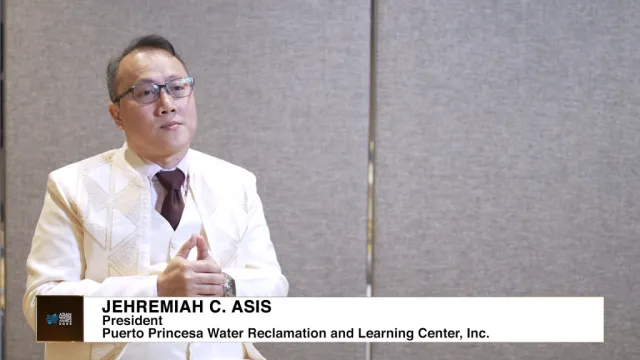
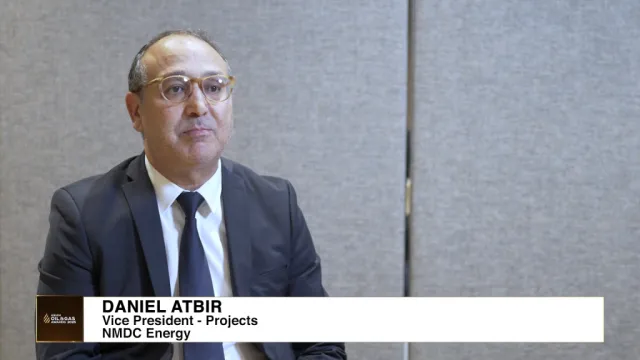
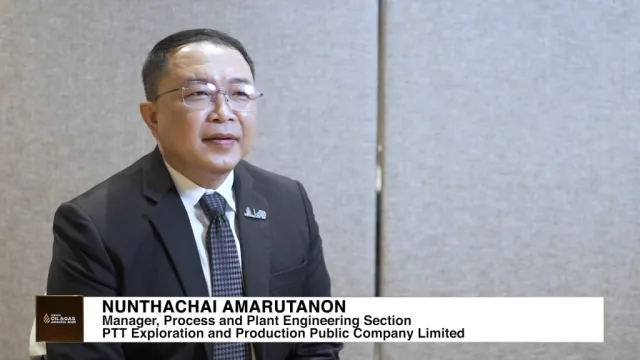

 Advertise
Advertise






